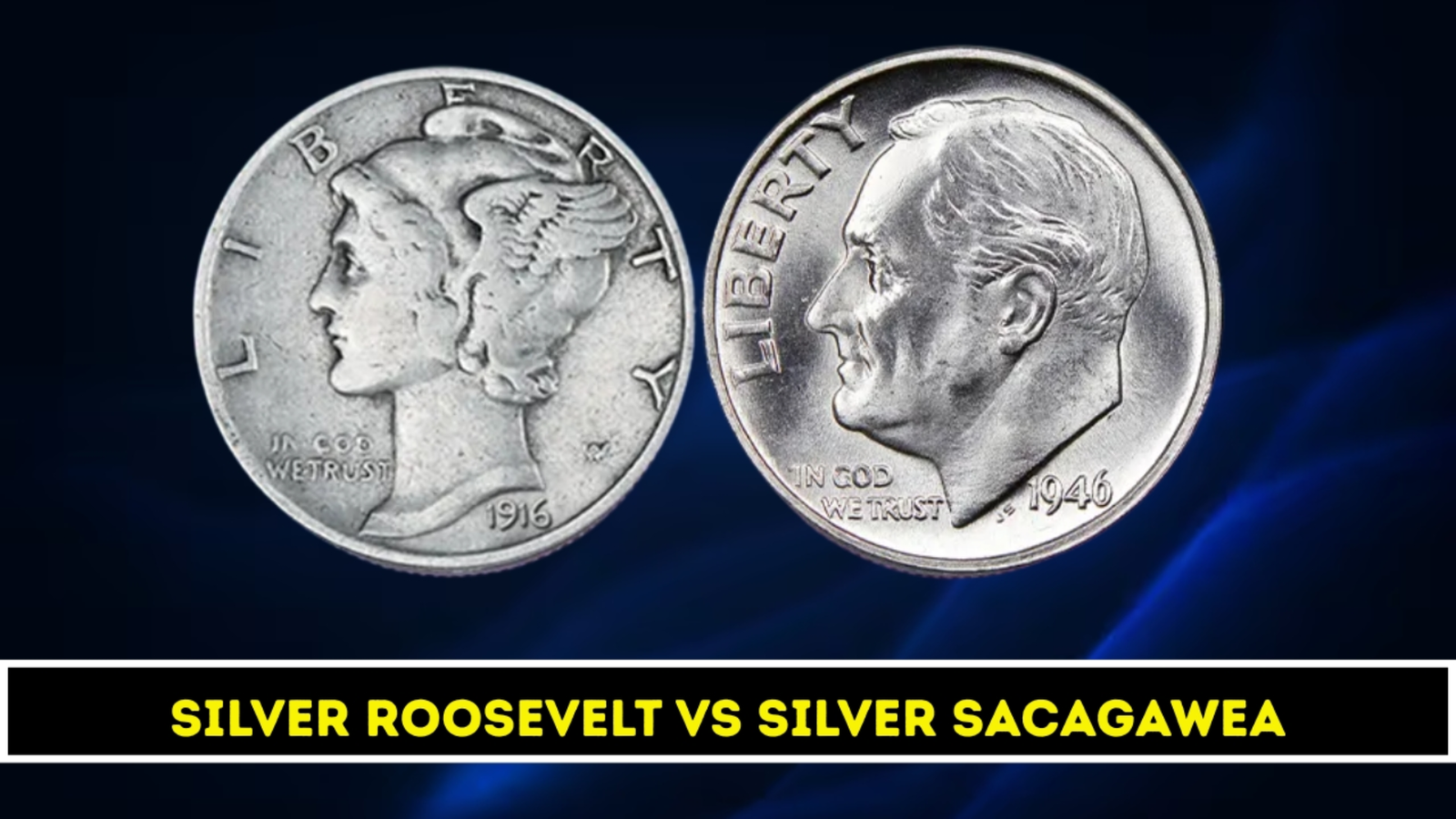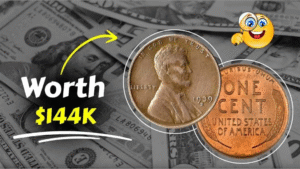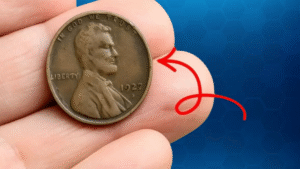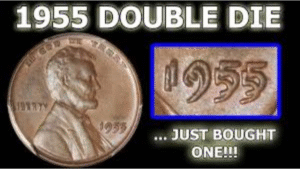Roosevelt or Sacagawea: In the jingle of pocket change lies a debate that captures America’s soul: Does the enduring Roosevelt dime, symbol of resilience and leadership through crises, best define our modern era? Or does the Sacagawea dollar, a golden nod to Native American heritage and exploration, reflect our push for diversity and inclusion? Both carry silver legacies, but one may edge out as the true emblem of today’s United States. Let’s dive into their stories.
Understanding the Roosevelt Dime: A Symbol of Steadfast Leadership
The Roosevelt dime stands as one of the longest-running designs in U.S. coin history, a small but mighty piece that has circulated for nearly eight decades. Introduced in 1946, it honors President Franklin D. Roosevelt, who led the nation through the Great Depression and World War II. This coin isn’t just money—it’s a tribute to grit and recovery.
History and Design Elements
Right after Roosevelt’s death in 1945, the U.S. Mint decided to replace the Winged Liberty Head dime (often called the Mercury dime) with a new design. Chief Engraver John R. Sinnock crafted the look: On the front, Roosevelt faces left with “In God We Trust” below his chin, “Liberty” to the left, and the year to the right. The back shows a torch for liberty, flanked by olive branches (peace) and oak branches (strength), with “One Dime” and “United States of America” around the edge.
From 1946 to 1964, these dimes were made of 90% silver and 10% copper, weighing 2.5 grams and measuring 17.9 mm across. That’s why collectors call them “silver Roosevelts.” In 1965, due to rising silver costs, the Mint switched to a copper-nickel clad version, but proof sets for collectors kept the silver touch—90% silver until 2018, then 99.9% pure silver starting in 2019. Mint marks (P for Philadelphia, D for Denver, S for San Francisco) appear on the front near the date.
This design has barely changed, making it a constant in American wallets and a bridge from postwar boom to today’s digital age.
Cultural Impact on Modern America
The Roosevelt dime arrived when America needed hope. Tied to the March of Dimes—FDR’s charity fight against polio—it became a coin of compassion. During the 1950s economic surge and 1960s social shifts, it symbolized steady progress. Today, in an era of economic ups and downs, the dime represents reliability: It’s the coin you grab for vending machines or tips, a quiet reminder of leadership that got us through tough times.
Its silver versions evoke nostalgia for a manufacturing powerhouse America, while the ongoing production highlights adaptability—much like the nation’s response to global challenges.
Exploring the Sacagawea Dollar: A Beacon of Diversity and Discovery
Launched in 2000, the Sacagawea dollar aimed to refresh the dollar coin after the Susan B. Anthony dollar flopped due to its quarter-like size. Named the “golden dollar” for its brass hue, it features Sacagawea, the Shoshone woman who guided the Lewis and Clark expedition in 1804-1806. Though not silver in circulation, its proof and special editions include silver strikes, tying it to the debate.
History and Design Details
Congress called for a new dollar in 1997 to cut paper bill costs. After public polls favored the Statue of Liberty, officials chose Sacagawea for her story of courage and motherhood. Sculptor Glenna Goodacre designed the front: Sacagawea faces right, gazing forward while carrying her baby Jean Baptiste in a cradleboard. “Liberty,” the year, and “In God We Trust” arc around her. No real portrait exists (Sacagawea died in 1812), so it’s based on a modern Shoshone descendant.
The back, by Thomas D. Rogers, shows a soaring eagle with 17 stars for the 1804 states, “United States of America,” “One Dollar,” and “E Pluribus Unum.” Made of a copper core with manganese-brass cladding (8.1 grams, 26.5 mm diameter), it has smooth edges to avoid quarter mix-ups. From 2009, it became the Native American Dollar series with yearly theme reverses, like peace medals or tribal contributions. Silver proofs (90% silver) started in 2000 for collectors, with low mintages.
Despite heavy marketing with Walmart and Cheerios, it didn’t catch on—Americans stuck to bills—but over 3 billion have been minted.
Cultural Significance in Today’s World
The Sacagawea dollar broke ground by putting a Native American woman on currency, spotlighting indigenous roles in U.S. history often overlooked. It arrived amid growing calls for representation, echoing movements for women’s rights and cultural inclusion. In modern America—grappling with reconciliation and diversity—it symbolizes exploration’s unsung heroes and progress toward equity.
Though less common in pockets, its legacy lives in education and collections, reminding us of shared stories in a multicultural nation.
Head-to-Head: Roosevelt vs. Sacagawea in the Silver Spotlight
Both coins have silver ties, but they shine differently. The Roosevelt dime’s silver era (1946-1964) produced billions, now valued for melt and rarity. Sacagawea’s silver is limited to proofs, emphasizing collectibility over circulation. Roosevelt embodies endurance; Sacagawea, innovation.
Comparing Designs and Production
| Feature | Roosevelt Dime | Sacagawea Dollar |
|---|---|---|
| Introduction Year | 1946 | 2000 |
| Front Design | FDR profile, torch on back | Sacagawea with child, eagle on back |
| Silver Versions | 1946-1964 circulation; ongoing proofs | Proofs only (90% silver, low mintage) |
| Total Mintage | Over 20 billion (all types) | Over 3 billion (circulation types) |
| Size/Weight | 17.9 mm / 2.5g | 26.5 mm / 8.1g |
| Key Cultural Theme | Leadership through crisis | Native American heritage and inclusion |
Roosevelt wins on ubiquity; Sacagawea on boldness.
Value Comparison for Collectors
Silver Roosevelt dimes start at $2-3 each due to metal content, with key dates like the 1949-S reaching $50+ in good shape. Proof silvers can hit $20-50. Sacagawea circulation coins are $1-2, but silver proofs fetch $15-30, and errors like the 2000 Cheerios variety soar to $5,000+. Mules (wrong designs) have sold for $144,000.
| Coin Type | Common Value (Circulated) | High-Grade/Proof Value | Record Auction |
|---|---|---|---|
| Silver Roosevelt (1946-1964) | $2 – $5 | $10 – $50 | $10,000+ (key dates) |
| Clad Roosevelt (1965+) | $0.10 | $1 – $5 | $500 (errors) |
| Sacagawea Circulation | $1 | $2 – $10 | N/A |
| Sacagawea Silver Proof | N/A | $15 – $40 | $100+ (special) |
| Sacagawea Errors | $50 – $500 | $1,000 – $10,000 | $144,000 (mule) |
Roosevelt offers steady silver value; Sacagawea thrills with rarities.
Which Coin Truly Captures Modern America?
Modern America blends resilience with reinvention. The Roosevelt dime, still minted daily, mirrors our unyielding spirit—affordable, accessible, and tied to foundational leaders. Yet the Sacagawea dollar pushes boundaries, honoring diverse voices in a time of social awakening. If “modern” means evolution toward inclusivity, Sacagawea edges ahead, challenging us to expand our story.
Conclusion
The Roosevelt and Sacagawea coins both etch silver into America’s narrative, but their rivalry reveals our complexities: tradition versus transformation. Whether you pocket a dime for its quiet strength or cherish a dollar for its bold tale, these pieces remind us that money holds history. In 2025’s diverse landscape, Sacagawea may define our forward gaze, but Roosevelt grounds our roots. Hunt your change—who knows what story you’ll uncover next?
FAQ
What’s the main difference between Roosevelt and Sacagawea silver coins?
Roosevelt dimes were silver in everyday use until 1964, symbolizing stability. Sacagawea dollars have silver only in collector proofs, focusing on cultural diversity.
Are Sacagawea dollars actually silver?
No, circulation versions are golden brass-clad copper. Silver applies to special proof editions for collectors.
How much is a silver Roosevelt dime worth today?
Most circulated ones are $2-5 due to silver melt value. Rare dates or high grades can reach $50 or more.
Why did the Sacagawea dollar fail in everyday use?
Its size confused users with quarters, and people preferred paper dollars despite its unique color and design.
Which coin is better for new collectors?
Roosevelt dimes are cheaper and easier to find. Sacagawea suits those interested in Native American history or errors.




